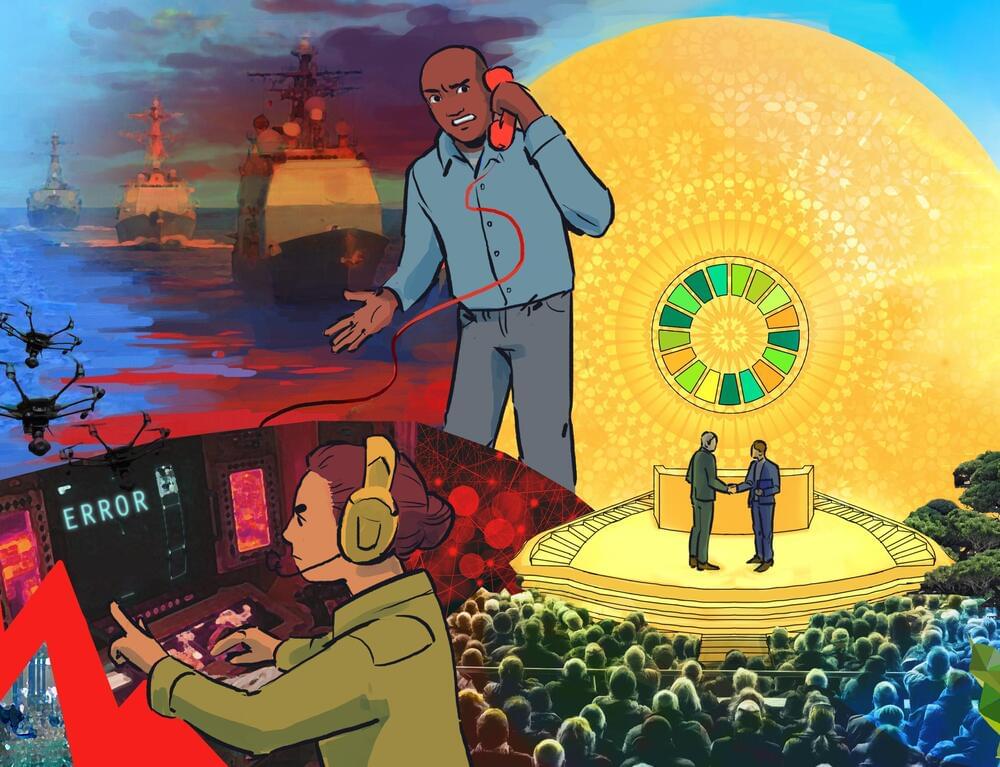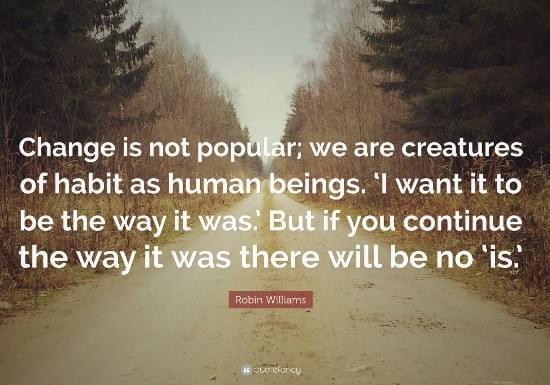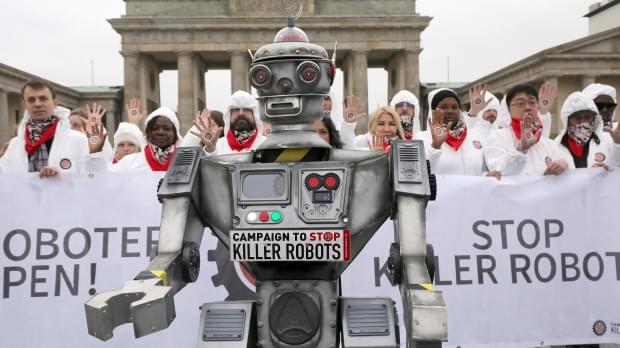In the last part of this interview, Ian talks about the lack of a global legal / governance framework to deal with accelerating technologies.
At the World Economic Forum in Davos today, the president of Switzerland warned of a world in the throes of multiple crises. This also is the subject of a new book by political scientist Ian Bremmer. In “The Power of Crisis: How Three Threats – and Our Response – Will Change the World,” Bremmer looks at how we can better prepare for the global challenges ahead, as he explains to Walter Isaacson.
Originally aired on May 23, 2022
For more from Amanpour and Company, including full episodes, click here: https://to.pbs.org/2NBFpjf.
Like Amanpour and Company on Facebook: https://bit.ly/2HNx3EF






